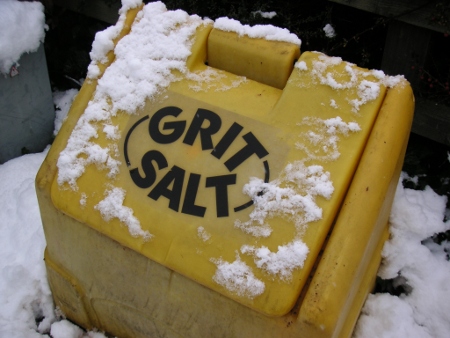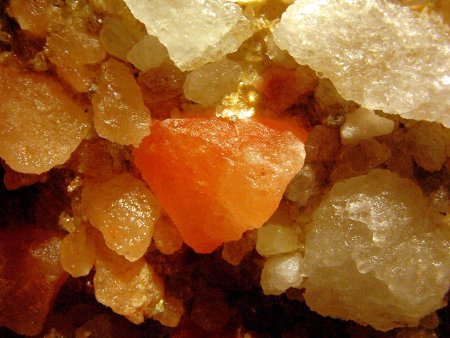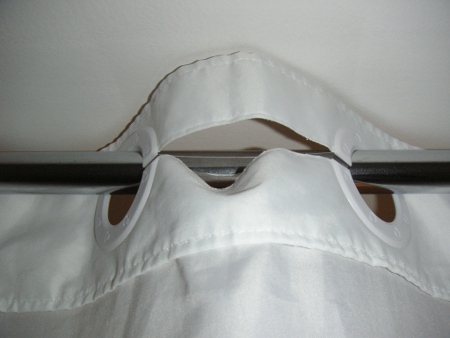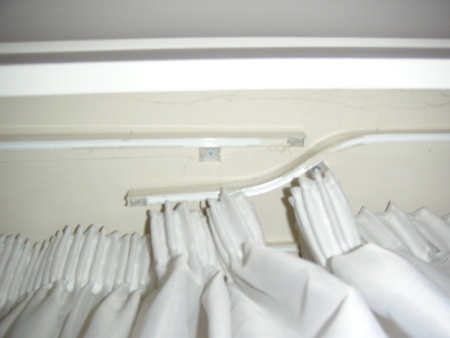With earthquakes being in the news after the magnitude 7.0 earthquake in Haiti I thought it was time to revisit the idea that animals can sense earthquakes before they happen.
Watch the dog.
With earthquakes being in the news after the magnitude 7.0 earthquake in Haiti I thought it was time to revisit the idea that animals can sense earthquakes before they happen.
Watch the dog.
Almost every day I walk past this yellow grit container. I’ve never really paid attention to it before, but it’s certainly in the news at the moment.

Why do we grit roads?
The term “grit” is a bit of a misnomer and an ambiguous term. The “grit” used on roads is actually rock salt, known properly as halite.

Halite is the mineral form of sodium chloride, the same salt that’s used to season food. Most of the UK’s halite comes from Winsford Rock Salt Mine in Cheshire in the North West. You can see the yellow gritting vehicles at the bottom of the map below.
Gritting roads is all about melting points. Water begins to freeze below 4°C, so if the ambient temperature is anywhere below 4°C any water on the roads will turn to ice, which is very slippery and cannot be pushed away by tyre tread.
Spreading salt on the roads causes it to mix with the water to produce brine. The saltier the brine, the lower the melting point. For example: a mixture of 30g of salt per 1000g of water lowers the melting point to −1.6°C. Now imagine the ambient temperature is 0°C: any pure water on the road will freeze but the salty water will remain a liquid.
Unfortunately there is a limit to salt’s usefulness. To make the melting point as low as possible you must add as much salt as possible and supplies are limited. Even a completely saturated solution, a totally impractical measure using a huge amount of salt (23.3% salt by weight) only has a melting point of −21.1°C, making the use of rock salt pointless below this temperature. Realistically it would be impractical and very difficult for councils to use rock salt to cope with temperatures much below −10°C.
This is what the UK looks like at the moment, covered in snow. Clicking on the image will load a high resolution (250m per pixel) version (3400×4400 px, 3.02MB).
The imagery comes from NASA’s Moderate Resolution Imaging Spectroradiometer (MODIS) satellite’s Rapid Response System which provides near real-time imagery of the Earth’s surface.
The fantastic Sense About Science has an end-of-year wrap-up of all the science-related nonsense that celebrities have been spouting this year.
 Sarah Palin, who is just a horrible person:
Sarah Palin, who is just a horrible person:
“[I don’t] believe in the theory that human beings – thinking, loving beings – originated from fish that sprouted legs and crawled out of the sea [or] monkeys who eventually swung down from the trees.”
 Heather Mills:
Heather Mills:
“[When you eat meat it] sits in your colon for 40 years and putrefies, and eventually gives you the illness you die of. And that is a fact.”
 Shilpa Shetty:
Shilpa Shetty:
“I avoid carbonated drinks – they sap all the oxygen from your body and make your skin wrinkly and dehydrated.”
 Anthony Worrall Thompson on the benefits of being a locavore:
Anthony Worrall Thompson on the benefits of being a locavore:
“Locally produced food is better for your health because the ingredients are far more nutritious than something that has been shipped from thousands of miles away.”
 Suzanne Somers went for the double:
Suzanne Somers went for the double:
“[They] put poison in [Patrick Swayze’s] body … Why couldn’t they have built him up nutritionally and gotten rid of the toxins?”
“I’ve come to realize that [birth control pills] weren’t safe because is it safe to take a chemical every day? And how could it be safe to take something that prevents ovulation?”
There were a couple of clever design features in the hotel room I stayed in recently.

Every other “fold” in the shower curtain was split from ring-to-ring. If you bunched up the curtain you could easily remove it in one motion, making the curtain much easier to change.

The curtain rails were cleverly designed to keep light out. One rail runs behind the other so that when you pull the curtains together they avoid that annoying little slit of light that sometimes gets through. I honestly can’t think of a good reason why this isn’t standard in people’s houses – I guess maybe it’s because most people don’t have suitable rails, but rather a pole-and-ring system as in the curtain example above.